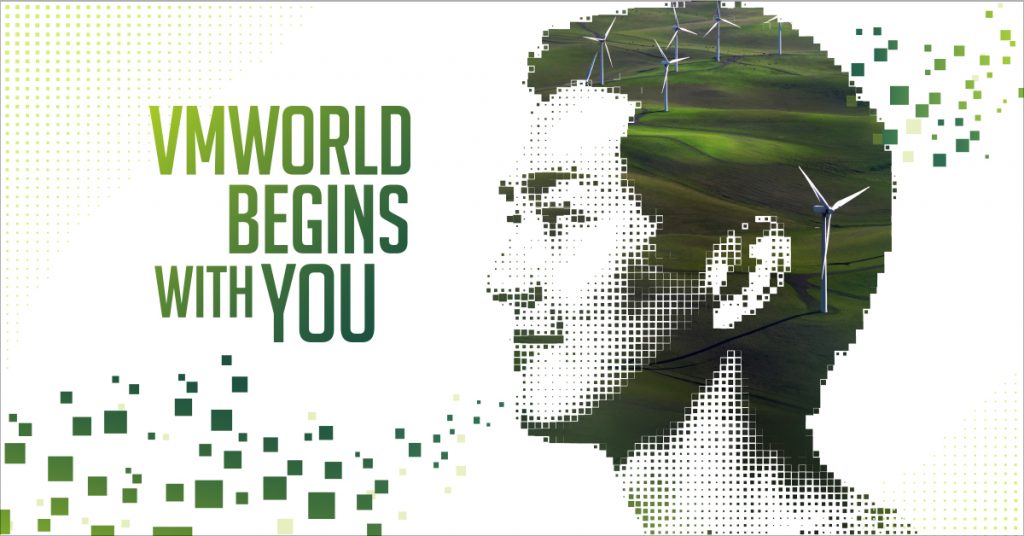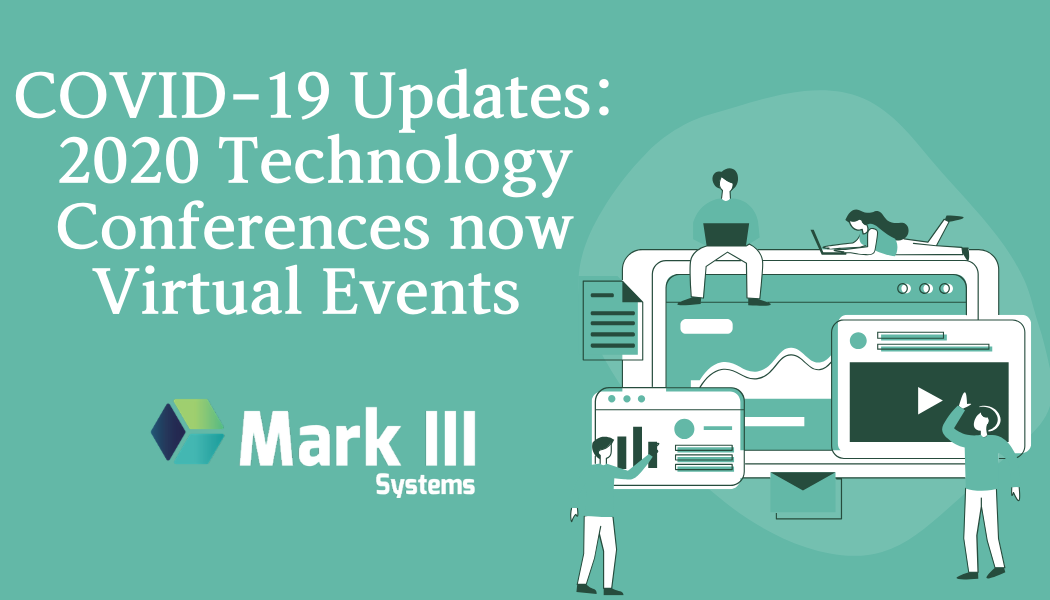VMworld 2018 Overview & Summary

We attended VMworld 2018 in Las Vegas again this year for VMware's 20th anniversary. It was the best attended VMworld as of yet with over 21,000 people. Now that we have had time to recover and collect our thoughts we have put together a quick recap of the highlights and have broken down the top announcements from the week!
VMworld Day-by-Day Recap:
- VMworld 2018 US Day 1 Recap: The (Super) Power of Technology
- VMworld 2018 US Day 2 Recap: Pioneering the Possible
- VMworld 2018 US Day 3 Recap: All About the vCommunity
- VMworld 2018 US Day 4 Recap: Celebrating 20 Years of VMware
Announcements:
vSphere Platinum was announced –This is the highest level of vSphere licensing. It includes all of the feature of Enterprise Plus, but also includes the bundling of VMware AppDefense for enhanced security and some credits for VMware Cloud on Amazon AWS. AppDefense adds some machine learning capabilities to try to determine the “known good” state of a VM and protect against deviations from that. More information can be found here.
vSphere 6.7 Update 1 was released –vSphere Client transition to HTML 5.0 is complete and should be fully featured. Improved vGPU support. A new “Convert Tool” that allows migrations from an external PSC to an embedded PSC. Content Library finally supports VMware Template files (VMTX). Also supports upgrading from vSphere 6.5 Update 2 now. More information can be found here.
vSAN 6.7 Update 1 was released –Manageability has been improved with a guided “QuickStart” wizard to aid in the cluster creation from the new vSphere Client. All vSAN updates are now managed via VUM, which is now fully integrated into the HTML 5 client. vSAN now supports storage reclamation with TRIM/UNMAP on Windows Server 2012+ and Linux OSes. More information can be found here.
vRealize Operations 7.0 was released –Enhanced user interface, added business-intent driven continuous performance optimization, more efficient capacity management, multi-cloud support, such as VMware on AWS, native AWS, and Kubernetes, and quicker time to value with simplified custom dashboard creation. Deeper integration has also been made with VMware Automation 7.0, in what’s called Closed Loop Performance Optimization, for the initial creation and ongoing placement of workloads managed under VMware Automaton. More information can be found here.
vRealize Log Insights 4.7 was announced (September 20th release date) –Minor security and usability enhancements. vRealize Log Insights for vCenter Serve, a “free” version included/bundled with vCenter, is NO LONGER being bundled with vCenter. This will now need to be purchased separately--a vCenter license will no longer activate it. More information can be found here.
VMware + NVIDIA integration and enhancements –VMware showcased running deep learning, inferencing, and training workloads on the same infrastructure that runs VDI workloads by repurposing the host after hours with vMotion support. Tech Preview on vSphere 6.7 Update 1 for vMotion on vGPU powered VMs. Additional snapshot capabilities and support for vGPU powered VMs as well. More information can be found here.
Adaptive Micro-Segmentation –One of the major drivers for implementing NSX is micro-segmentation, the ability to firewall off individual VMs and protect internal East-West traffic. Implementing this in the real-world is difficult and Adaptive Micro-Segmentation was released to help that. AppDefense + vSphere + NSX combined and integrated, to automate micro-segmentation by learning the intended behavior of the application, and adapting to continuous change by protecting from the “known good”, not the “known bad”.
Launch of Cloud Foundation 3.0 –Cloud Foundation is the VMware Software-Defined Datacenter, combining vSphere + NSX + vSAN + vRealize, deployed and lifecycled from a single management pane, the SDDC manager. Products include Dell EMC VXRAIL and VXRACK. With 3.0, you are now able to use and leverage your own network switches (Bring Your Own Physical Network), along with full compatibility with ANY vSAN ReadyNode in VMware’s HCL. Also supports multiple clusters within a single environment, an improved user experience, with SDDC manager being updated with more intuitive wizards. It also supports NSX Hybrid Connect so you can easily connect it to a Public Cloud and more easily move workloads back and forth.
VMware has strengthened its public cloud relationships –They’ve added additional capabilities, features, and support for VMware on Amazon AWS, as well as released vCloud Director 9.5 with more features for third-party cloud services providers. They are also rapidly expanding VMware on AWS to all of Amazon’s regions, especially in the APAC regions. Amazon RDS (Relational Database Service), was also announced for on-Premise VMware. Instant Live Migration of 100’s and 1000’s of VMs to the cloud is now possible by leveraging VMware Replication + vMotion. More information can be found here and here.
VMware Technology Preview:
VMware showed off a few different technology previews of some new projects that they’re working on:
RDS on VMware: VMware demonstrated how Amazon Web Service’s RDS service will run on VMware in a private data center, thus offering developers a familiar RDS Functionality available on VMware in a private data center or at the Edge.
Project Dimension: A VMware technology preview that will extend VMware Cloud to the data center, branch offices and the edge. Project Dimension will combine VMware Cloud Foundation, in a hyperconverged form factor, with VMware Cloud managed service to deliver an SDDC infrastructure as an end-to-end service, operated by VMware. Project Dimension will dramatically simplify operational complexity and cost and offers built-in security and isolation, allowing customers to focus on innovating and differentiating their businesses.
Project Magna: Project Magna will make possible a self-driving data center based on machine learning. It is focused on applying reinforcement learning to a data center environment to drive greater performance and efficiencies. The demonstration illustrated how Project Magna can learn and understand application behavior to the point that it can model, test, and then reconfigure the network to a make it more optimal to improve performance. Project Magna relies on artificial intelligence algorithms to help connect the dots across huge data sets and gain deep insights across applications and the stack from application code, to software to hardware infrastructure, to public cloud and the edge.
Virtualization on 64-bit ARM for Edge: VMware demonstrated ESXi on 64-bit ARM running on a windmill farm at the Edge. VMware sees an opportunity to work with selected embedded OEMs to scope and explore opportunities for focused, ARM-enabled offering at the edge.
Project Concord: VMware demonstrated a highly scalable, energy-efficient decentralized trust infrastructure for digital consensus and smart contract execution. Project Concord may be used to power distributed trust infrastructures, including blockchains. As a leader in enterprise-grade distributed management and security products, VMware is poised to help enterprises harness blockchain technology in a dramatically efficient manner to advance their business goals. Project Concord is available immediately as an open source project.

